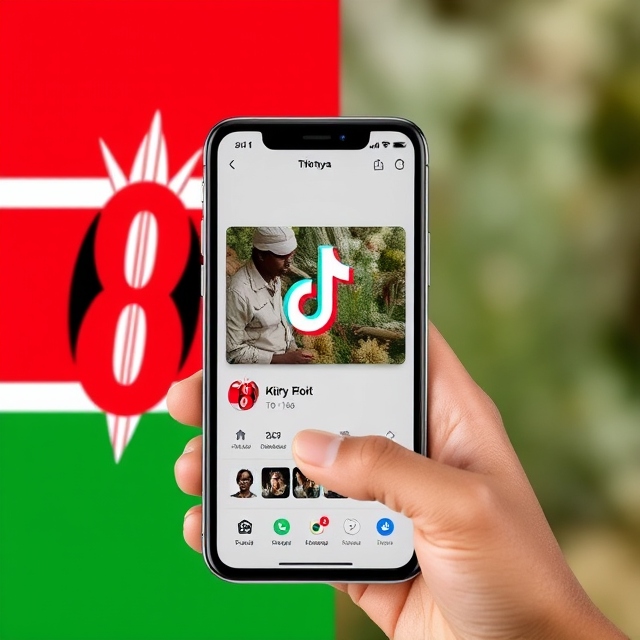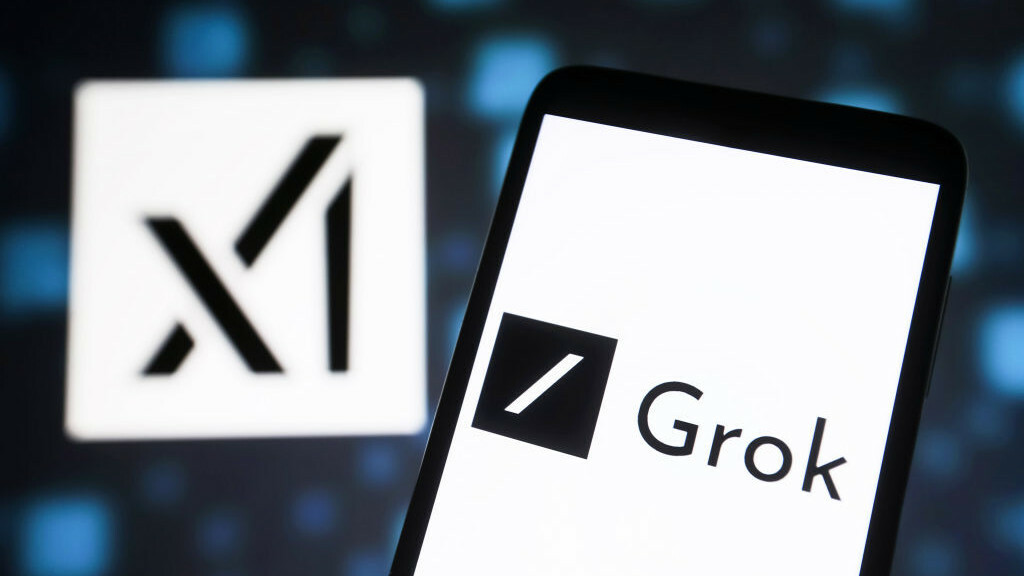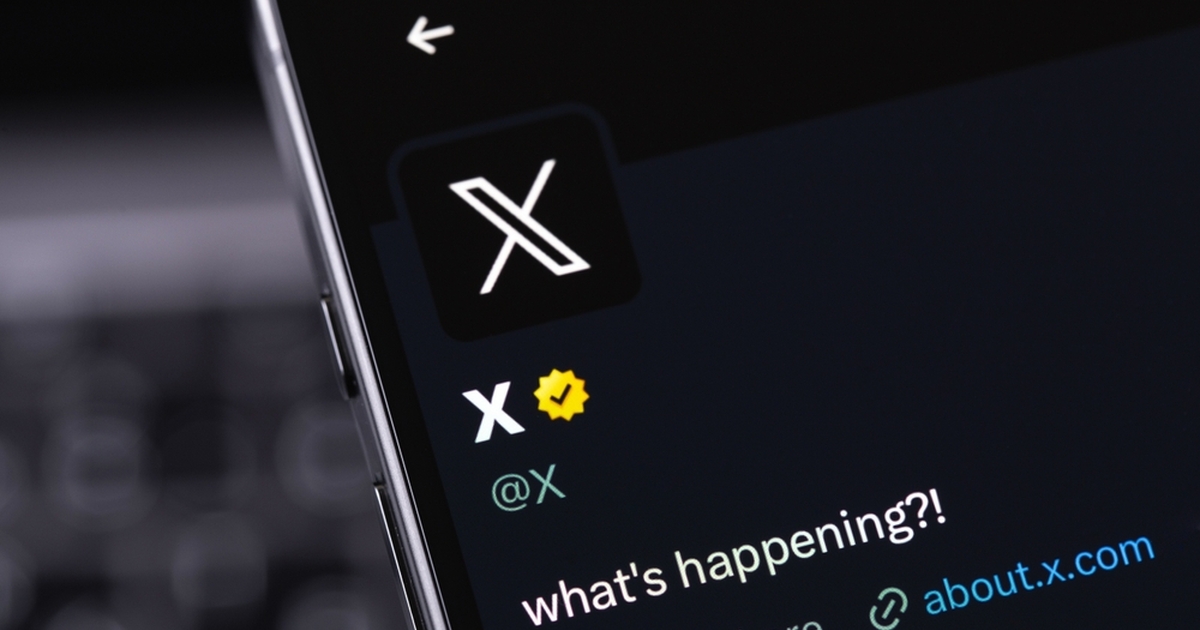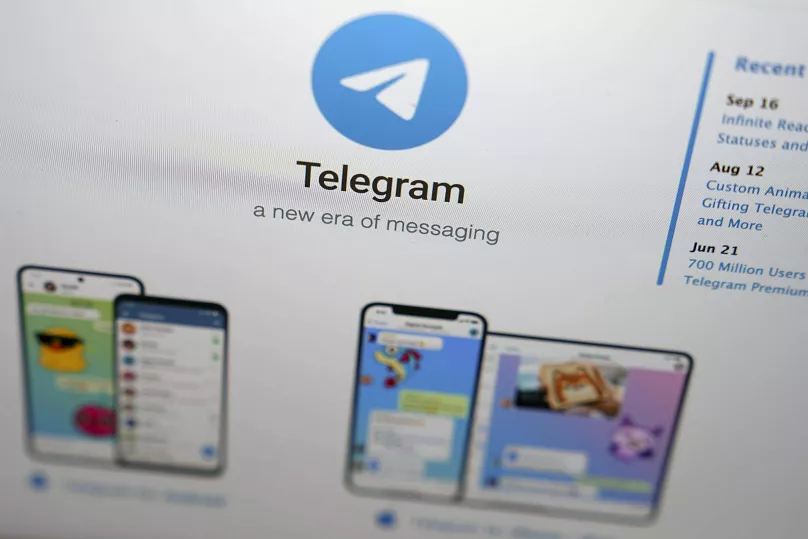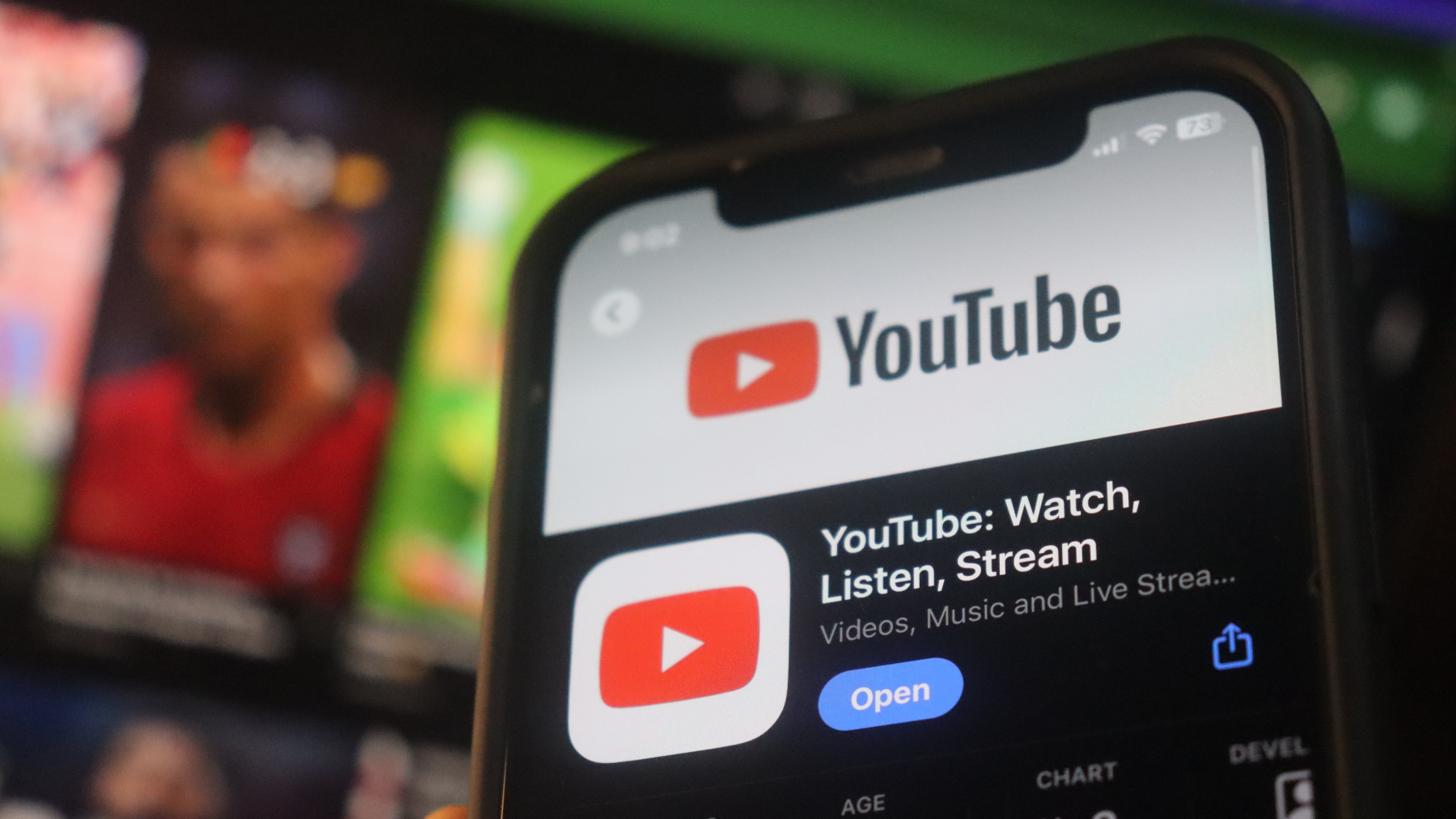Meta is preparing to run commercials on Threads in early 2025, marking a significant shift from its initial strategy of refraining from monetisation in the platform’s early stages.
The app boasts explosive growth to reach 200 million monthly users as of August 2024, surpassing the app’s expectations. Meta is now reconsidering its stance and focusing on turning its rapidly expanding audience into a revenue stream.
Read also: Meta’s Llama faces scrutiny as OSI defines ‘Open’ AI standards
Rapid growth sparks monetisation shift
Celebrating a milestone, CEO Mark Zuckerberg mentioned Threads as the next possible billion-user service for the firm. Ads are considered a means for Meta to profit from this increase sooner than originally intended.
Executives had said monetisation would be a multi-year endeavour, but the choice to fast track the process showed Meta’s ambition to start making money from the platform.
During the recent earnings call, Susan Li (CFO) scaled back expectations that Threads may not generate significant revenue in 2025.
“We don’t expect Threads to be a meaningful driver of 2025 revenue at this time. We’ve been pleased with the growth trajectory, and again, we’re really focused on introducing features that the community finds valuable and working to deepen growth and engagement,” Li remarked.
Ads in development, but not yet active
Hints of advertising features surfaced in Threads’ code in August 2024, with a “Sponsored” badge appearing. However, Alec Booker, Instagram spokesperson affirmed that Meta was not actively testing ads: “We’re not testing ads in Threads at this time, and there is no immediate timeline for monetisation.”
Some marketers reported seeing ad spots labelled as “Threads” in September; suggesting that the parent company was laying the groundwork for ads but Meta did not officially acknowledge any ad rollout or change.
Read also: Meta updates facial recognition to stop celebrity-bait scams on Facebook, Instagram
With active users surpassing 200 million in May 2024—a 25 million increase from the month before—Threads has seen consistent user expansion. Meta CEO Mark Zuckerberg acknowledged the Thread’s potential as the next billion-user offering, but noted that revenue generation will take time.
As of October 2024, Threads has grown to 275 million monthly active users, maintaining a consistent increase in user base. Since Meta’s main income comes from advertising, it is predicted that advertisements will finally play a key role in the site’s monetising plan.
Recent reports indicate that Threads is likely to let a small group of marketers produce and distribute commercials beginning in January 2025. A team from Instagram’s advertising business will spearhead the project. Meta also intends to bring new tools to improve Threads’ user interface and interaction.


